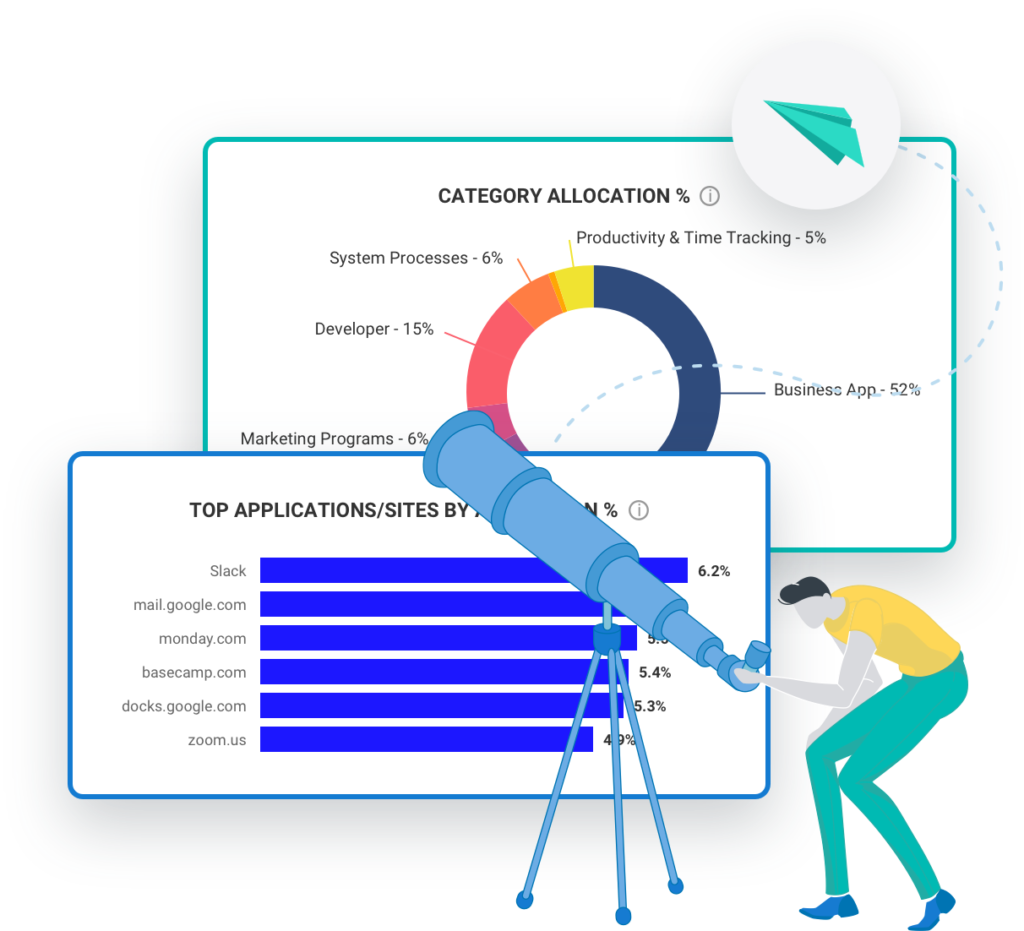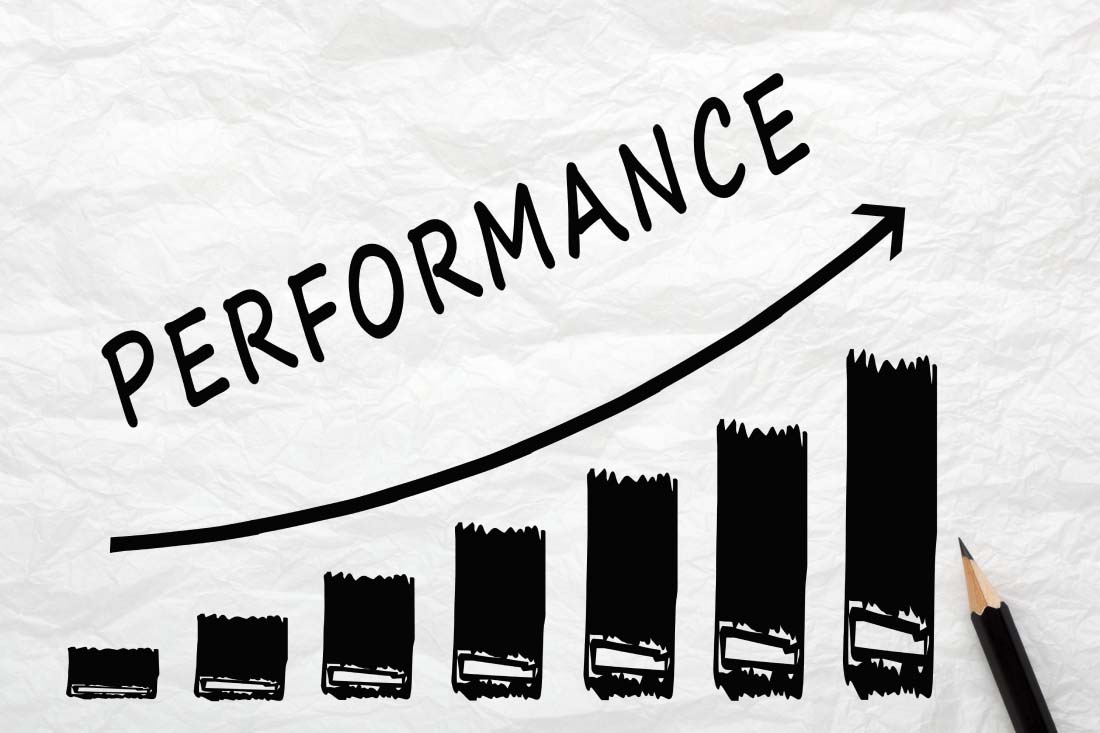Everyone jokes about how painful and time-consuming workplace meetings are. Often, there’s no clear goal of what needs accomplishing, necessary stakeholders are absent, or side conversations end up dominating the discussion. More than just a common gripe, it turns out the hidden costs of ineffective meetings really do add up.
We’ve all left meetings feeling like we wasted our time or accomplished nothing. Perhaps the team rehashed the same topics as before, there was no agenda to follow, or you sat wondering why you had to be there in the first place. It can be tough to find anyone who enjoys the barrage of casual, routine meetings that happen so often in today’s business climate. The prevailing theory is that more meetings increase productivity, but there’s mounting evidence that says otherwise. There are adverse effects of a meeting-heavy workplace, including the following:
The burnout is real
If you think the number of meetings on everyone’s calendars has expanded, you’re right. After the COVID-19 shutdown that forced vast amounts of workers to work from home, the National Bureau of Economic Research says the average number of meetings per person has grown 12.9%, with required attendees up 13.5%. The bureau also found a correlation between extra gatherings and the amount of time worked per person.
Because of such frequent interruptions, the average workday length has grown 8.2% (or just over 48 minutes per day).
Another study by telecom giant Verizon found that 64% of employees are concerned about work responsibilities that pile up when away from their desk. Thus, they take shorter breaks, stay longer in the office, and carry work home on evenings and weekends. Not being able to unplug from the office is simply unhealthy and a recipe for burnout.
Employees say that work-related stress and anxiety impacts both their personal and professional relationships and causes dips in performance, energy, and overall health. Job stress can also lead to increased caffeine or alcohol consumption, poor sleep habits, and less time allocated for exercise or relaxation.
Excessive meetings also generate distrust in the collaboration process.
After all, who wants to attend a meeting they see as unnecessary (or perhaps even pointless), aren’t adequately prepared for, or takes valuable time away from their other work tasks? A smarter approach is to encourage employees to take control of their own calendars by creating a culture where productivity can thrive.
Allow everyone in the organiation to schedule focused time for “deep work” and respect the productivity moats they build around themselves. Alleviate the fear that they must attend every meeting they’re invited to, and ensure those that do attend be as efficient as possible. Reassure them it’s okay to say no sometimes to control their own productivity.
Excessive Meetings Stifle Productivity
In fairness, there are upsides to meetings. They’re essential for collaboration, team building, reducing misunderstandings, and they can help prevent the all-too-dreaded and never-ending email chains. However, too many meetings negatively impact an employee’s ability to get work done. When employees are too tied up in meetings, when do they get to execute work and bring big ideas to life? Likewise, when leaders and managers are constantly tied up in meetings, when are they available to support their employees and guide them by providing feedback and the approvals necessary to push projects forward? This scenario can quickly become a lose-lose for everyone involved.
In his book, Deep Work, productivity guru Cal Newport explains how we all need extended periods of distraction-free time to unlock our true potential. Newport argues that if people are exposed to “frenetic shallowness” for too long, their capacity to perform deep work is permanently reduced.
The interruptive nature of frequent workday meetings creates this exact environment, sacrificing “focused” time for individual creativity to an endless circuit of unproductive context switching. While we can’t completely eliminate workplace meetings, experts say there are ways to minimize the toll they can take on workforce productivity.
For starters, keep meetings short. Research shows that the average attention span of a “lecture” environment is around 18 minutes. Short attention spans are why TED Talks are limited to this timeframe. These constraints force presenters to distill what may otherwise be a 45 or 60-minute presentation into its most essential elements. These brief, focused interactions serve as examples for meeting facilitators to follow. So, if your MO is to schedule 60-minute meetings, see if you can try 30-minute meetings to achieve your objectives instead.
Secondly, conduct small meetings. Limit your invites to only those whose participation is essential. Doing so keeps employee productivity levels up for those left out, while encouraging active participation for staff members in attendance. Small team meetings also give shy employees the confidence to voice their opinions and increase the likelihood that shared information will apply to everyone. Meetings with fewer attendees can keep the discussion focused and, in a distributed workforce, reduce risks associated with technical issues or schedule conflicts.
Meetings Take A Financial Toll
Here’s a thought-provoking number for you: $399B. According to a 2019 study, that’s the financial impact of poorly organized workplace meetings. When you add up the salaries and hourly rates of team members who spend significant amounts of time sitting in unproductive meetings, the costs are staggering.
Remember that Verizon study we mentioned earlier? Of the thousands of respondents surveyed, 91% of employees admitted to daydreaming during meetings, and a whopping 39% confessed to having fallen asleep at least once during such encounters. Yikes!
As a manager, it might not seem like a one-hour meeting is hurting productivity. However, your scheduled event may be one of dozens on your employees’ calendars for that week, and compounded over time, the financial loss of excessive meetings can wreak havoc on any organization’s operational efficiency and bottom line.
When supervising others, safeguard their time as much as your own. Want to see how much a proposed meeting could be costing the company? Check out the Harvard Business Review’s Meeting Cost Calculator. Rather than deciding what meetings to include employees in, instead figure out which ones to exclude them from. Protecting their time can boost morale, empower employees to work wiser, and lower your operating costs.
Meetings Prolong Action
Lastly, one of the most frustrating results of frequent meetings is how often participants end up making fewer decisions rather than more. This is likely the result of meetings that lack a defined goal, structure, or a designated facilitator to guide the discussion.
Instead of helping facilitate decisions, many meeting participants may feel lost or unprepared to offer feedback or suggest solutions. If you’ve ever heard yourself or someone else in a meeting say they need to “take things offline and dig into it”, then the meeting was likely premature. Meetings are costly and unproductive when they create endless loops of rehashing the same ideas over and over again while failing to make any real progress towards organizational goals.
To solve this, ensure that all meetings have a goal. Put that in the agenda and put it in bold. Then, ruthlessly keep the conversation driving towards reaching that goal or decision before the meeting ends, using whatever information is currently available. Outline next steps, and end the meeting on time so participants walk away feeling like they’ve accomplished something and that the meeting was a productive use of their time.
Meetings are a challenge and an opportunity
Meetings aren’t the enemy. They are a tool, and tools work best when used intentionally. Efficient and productive meetings offer many benefits to organizations and employees alike. Problem-solving, collaboration, team building, and innovation can be sparked in meetings, to name a few. But too many meetings, or poorly planned meetings, can damage productivity, hurt morale, and pose significant hard costs to an organization. To avoid this, organizations must prioritize productivity measurement and improvement which includes setting norms around calendar management and ensuring meetings are well-planned and optimized to achieve positive productivity outcomes.
Start for free
Gain a data-backed understanding of how meetings are affecting your workforce productivity by starting a free ActivTrak account in minutes.

About ActivTrak
ActivTrak helps companies unlock productivity potential. Our award-winning workforce analytics and productivity management software provides expert insights that empower people, optimize processes, and maximize technology. Additionally, with data sourced from more than 9,500 customers and over 450,000 users, ActivTrak’s Workforce Productivity Lab is a global center for ground-breaking research and expertise that helps companies embrace and embody the future of work.





